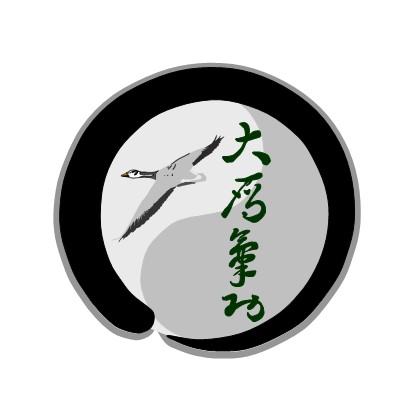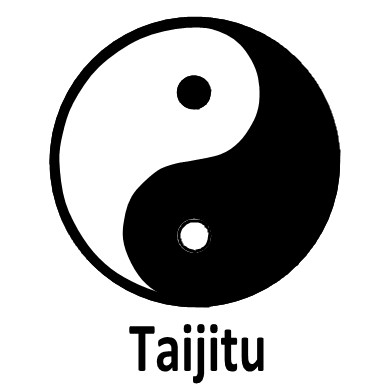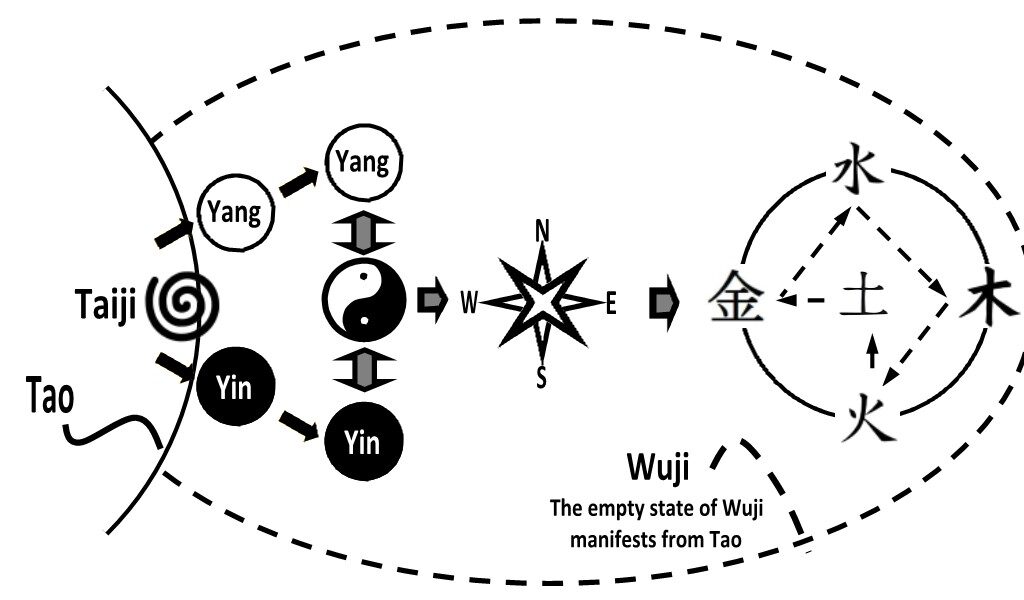What is TaiChi Arts?
TaiChi (Taiji) translates as the Supreme Ultimate, the source of all things in Taoist cosmology. All of those “things” are energy in some form, literally “every thing is energy”. The internal arts have their roots in this basic principle.

The flowing halves of the TaiChi symbol (Taiji Tu) depict the two basic creative energies of Yin and Yang which mark a critical phase in the manifestation of the universe. The Yin-Yang halves of the symbol represent the ever changing balance of energies that give form and motion to our universe.

The mix of energies depicted in Taoist cosmology define our lives, from the material aspects to mental and emotional – it’s all energy. If we can understand our own interactions with the energies inside and around us, and train ourselves to live in harmony with those energies, then we have a path to a healthier more fulfilling life. The Internal Arts operate by reverse engineering the process of creation, teaching the practitioner to return to the stillness of Wuji and the Taiji state. When that state is reached we are capable of wuwei – doing by non-doing. Wuwei works in coordination with two other principles – ting (deep awareness) and song (release). Another way to say this is that the Tao path connects us to the creative consciousness of the universe. That path is what we study at TaiChi Arts.
The systems that we teach concentrate on healing. This does not ignore the martial aspect of these arts but rather takes the most direct approach to what my teacher Huai Hsiang (Howard) Wang calls “fighting without fighting”. In this regard the martial benefit, the ability to defend yourself, is an extension of an advanced level of coherence – coherence of the body-mind and consciousness. These are Internal systems that operate on energy and information.
It is important to appreciate our position as a generator and user of energy. We are a living matrix of energy – electricity, heat, light, magnetism and the physical manifestations of energy as speed, power and force are all parts of the human energy system. We create, and have the ability to impact, many forms of energy.
The physical side of things is easiest to understand. Make strong muscles, stretch to be flexible and have a full range of motion in your movements. Movement requires physical balance, which can be gained through practice of various body configurations. These things are easy to see and relatively straight forward to develop.
The more difficult concepts come from the laws of quantum physics that underlie the Internal arts. We generally begin to understand these concepts through Classical Chinese Medicine. What we learn is that the gross physical aspects are supported by very subtle energies. Taken a piece at a time, these subtle energies (qi and jin) may seem small compared to the physical force we can generate. However, when we learn to use all of these subtle energies, their cumulative effect is significant.
Albert Einstein summed up the essence of this in a letter to a colleague –
A human being is a part of the whole, called by us “Universe,” a part limited in time and space. He experiences himself, his thoughts, and feelings as something separate from the rest—a kind of optical delusion of his consciousness. The striving to free oneself from this delusion is the one issue of true religion. Not to nourish it but to try to overcome it is the way to reach the attainable measure of peace of mind.
-Albert Einstein, 12 February 1950
Study of these arts requires us to be efficient users of energy. This involves removing accumulated stresses and learning to use the human body as efficiently and effectively as we can and then connecting the efficient body-mind with consciousness.
A traditional way of describing TaiChi Arts would be to say that it is about understanding the Tao – understanding and utilizing the energies of life.
